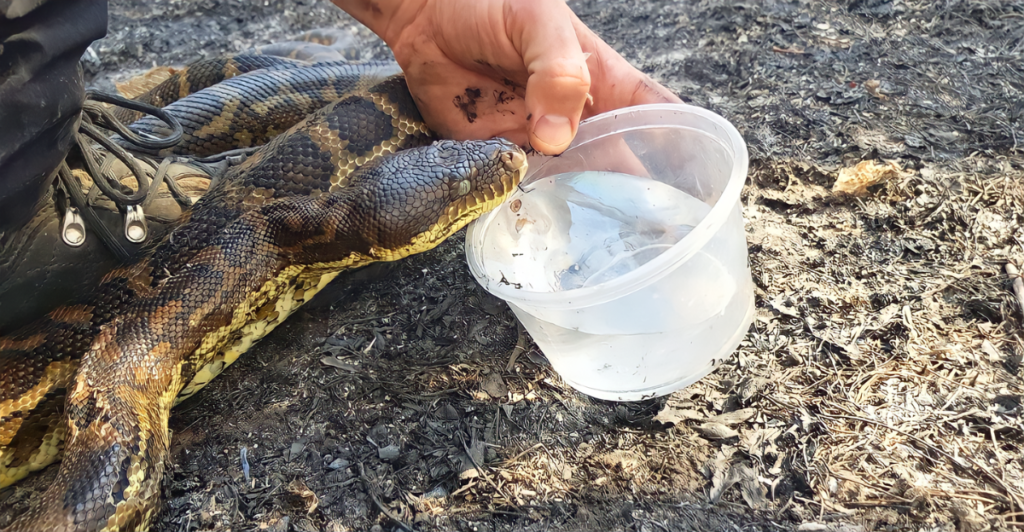
In early 2025, South America experienced unprecedented heatwaves, breaking multiple temperature records across the continent. As the heat intensified, wildlife and ecosystems were severely affected as habitats and biodiversity took a great hit. With higher-than-average temperatures, South America’s environmental shifts are a concerning threat to biodiversity, creating a ripple effect throughout the ecosystem.
The Heatwaves in Numbers
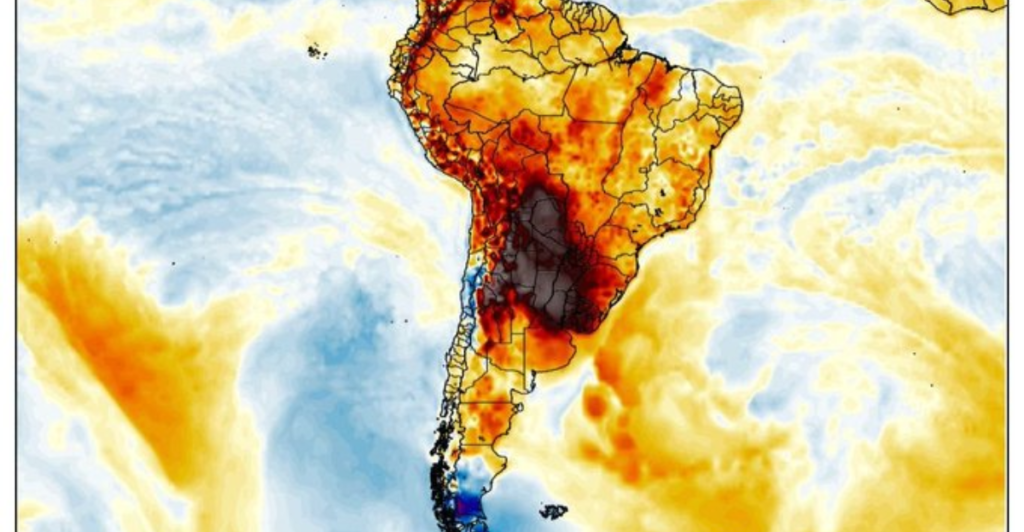
The heatwaves and subsequent droughts and wildfires across the continent particularly affected Argentina and Chile. On 17 February 2025, the continent saw temperatures reaching or exceeding 100 degrees Fahrenheit. For example, Rio de Janeiro recorded temperatures of 111 degrees Fahrenheit that day. The National Weather Service (SMN-Arg) reported that six provinces were still likely to experience very dangerous heat levels as of 27 February.
Wildlife as Indicators of Environmental Health
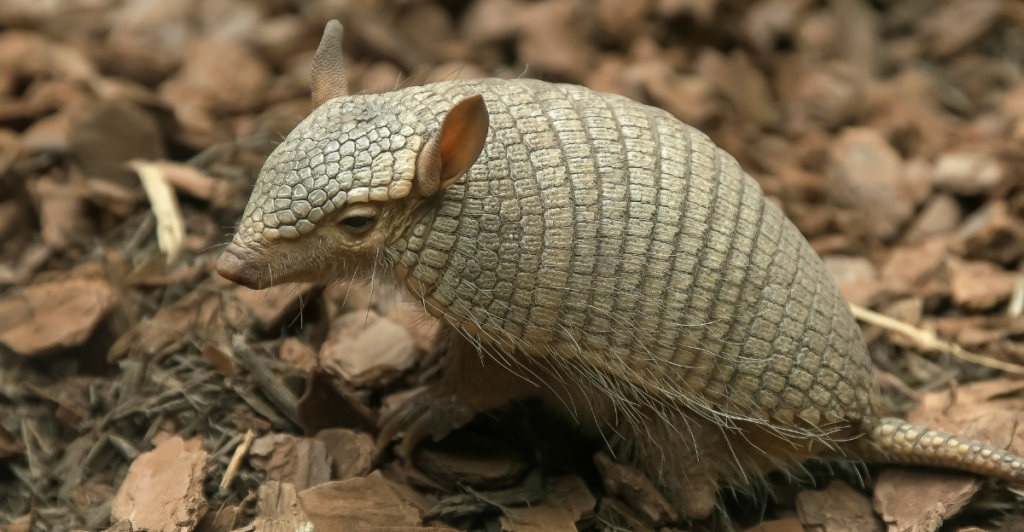
Wildlife populations are vital indicators of ecosystem health. With the continent’s rising temperatures, species such as the South American Jaguar and the Screaming Hairy Armadillo have declined in some regions. Further, the heatwaves can be linked to major losses in habitat and biodiversity, triggering cascading effects throughout the food chain and impacting communities that rely on these ecosystems for resources and cultural identity.
The Impact on Animal Habitats
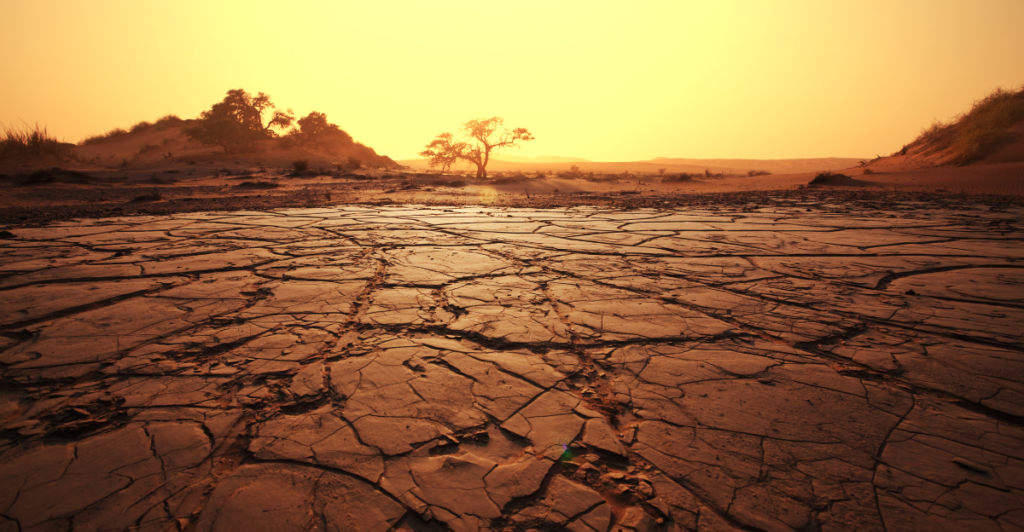
As temperatures continue to rise, animal habitats and ecosystems are increasingly disrupted through changes in rainfall patterns, droughts, wildfires, and water scarcity. This disruption leads to altered behavior in local wildlife and major population losses, resulting in habitats that once supported diverse species becoming more vulnerable to extreme conditions.
Heat Stress and Animal Mortality
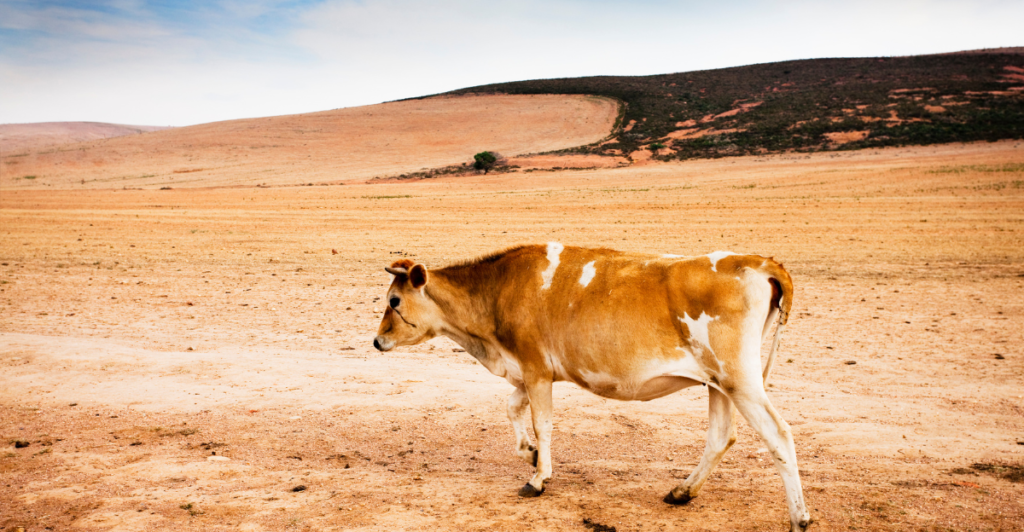
Extreme heat affects animal health in devastating ways, for example, heat stress can result in heat exhaustion and fatalities. This is especially true for animals that are too young or old to regulate their body temperature. Ultimately, the soaring temperatures strain species that are not adapted to hot conditions, leading to mass deaths among wildlife.
Dehydration and Resource Scarcity
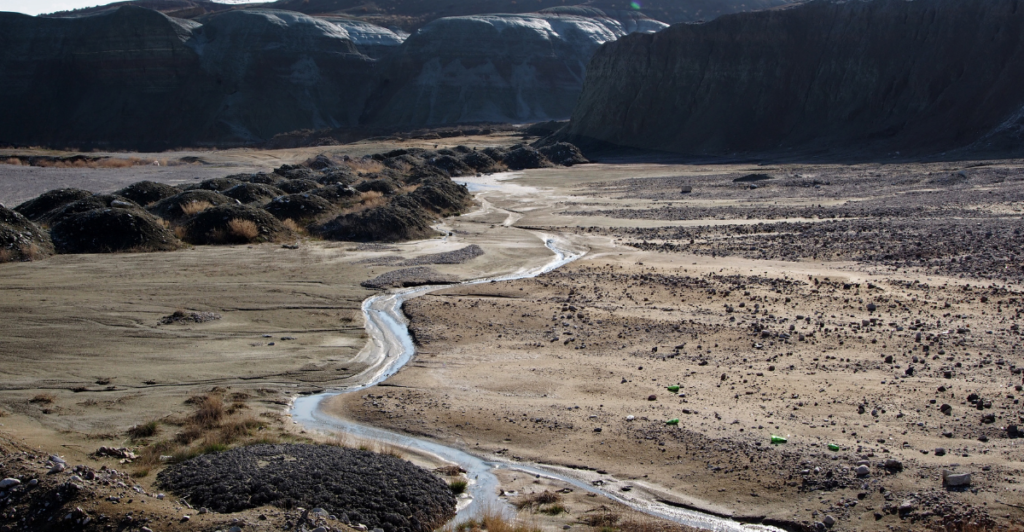
Water scarcity, intensified by rising temperatures and increasing wildfires, places wildlife under tremendous stress. Animals begin to dehydrate as they struggle to find sources of water, increasing their need to pant and sweat, impacting species across South America, especially those in arid regions. The lack of water not only disrupts hydration but also affects food sources, leading to malnutrition and starvation.
Disruption of Ecosystem Services
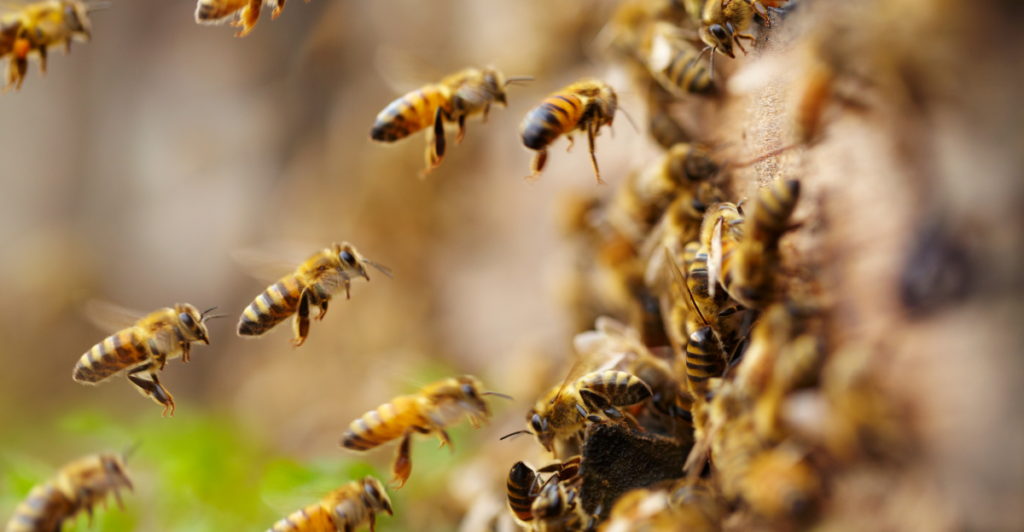
Heatwaves impact individual species and disrupt entire ecosystem services. For example, pollinators, such as bees and butterflies, are crucial for agriculture and are severely impacted by extreme temperatures. Further, excessive heat can kill plants and animals, making it difficult for surviving animals to find food and damaging the food chain.
The Effect on Reproduction and Migration
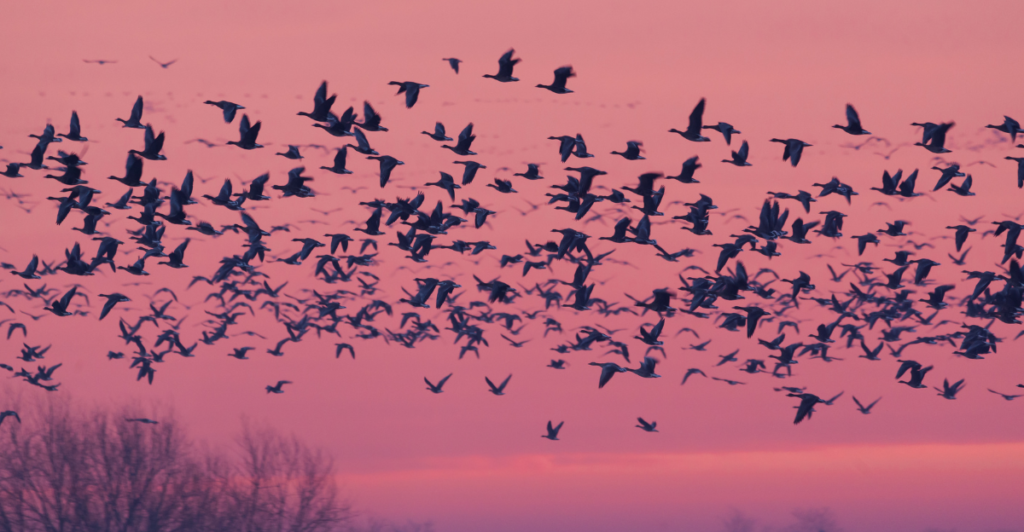
Extreme temperatures interfere with and alter the reproductive cycles of numerous species by impacting breeding patterns. As a result, certain species fail to reproduce in various stages of the cycle, such as fertilization, hatching success, and offspring survival. Further, animals will begin migrating earlier than usual, disturbing long-established patterns of migration and territorial behavior.
The Rise of Predation and Disease
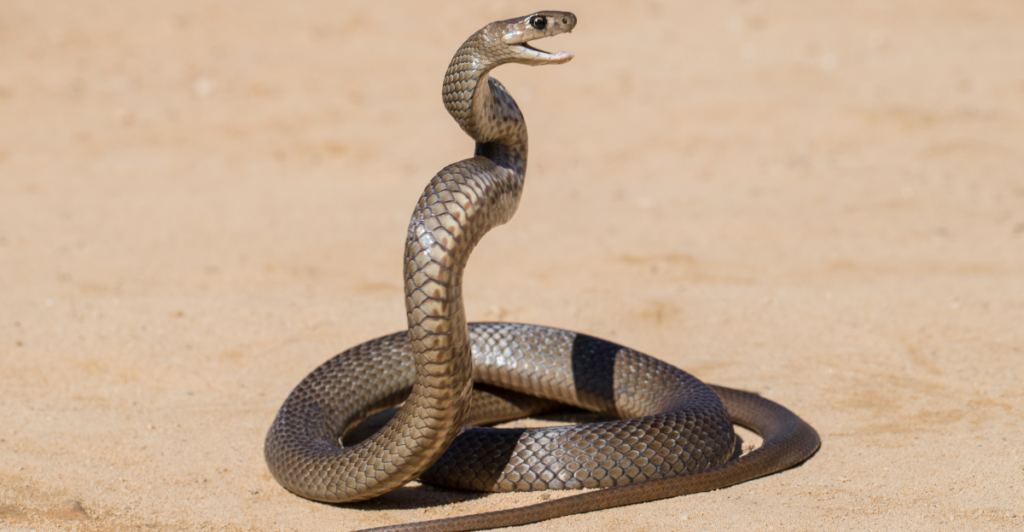
Rising temperatures lead to an increase in predators and diseases. As some predator species and other animals move to areas outside of their habitats in order to survive, weakened heat-stressed species are more vulnerable to predation. Additionally, higher temperatures create the ideal conditions for the spread of plant diseases, such as powdery mildew and rust.
Forest Fires and the Deterioration of Flora
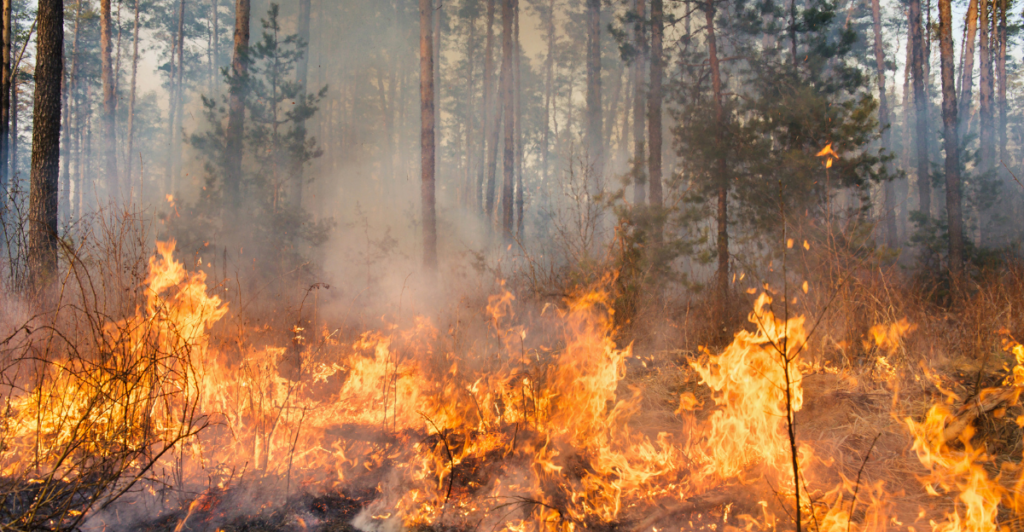
The heatwave has also sparked an increase in wildfires, particularly in the Amazon rainforest. For example, in late January 2025, Chile faced a total of 74 wildfires, and in February, Argentinian Patagonia also saw large-scale wildfires. As a region well-known for its small-scale agriculture, forestry, and tourism, these wildfires contribute to the major deterioration of flora, directly affecting the wildlife that depend on these ecosystems for survival.
Reassessing Conservation Strategies
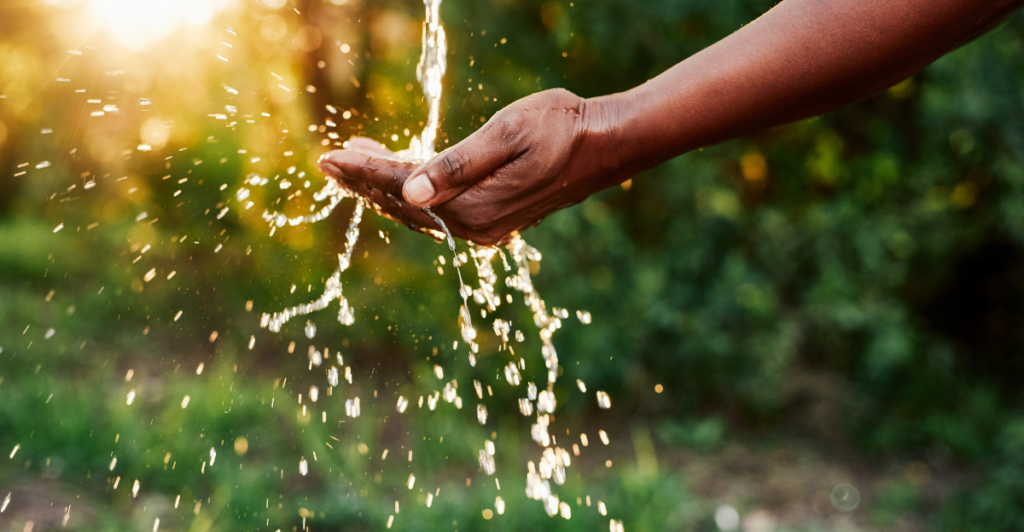
The current heat waves challenge the idea that protected areas are the best means of conserving wildlife. Climate change is altering habitats more rapidly than conservation strategies can adapt, posing the question: Should we rethink how we define “protection?” For example, creating corridors that allow species to migrate in response to changing climates could prove more effective than static reserves.
Projected Heat Exposure Increases
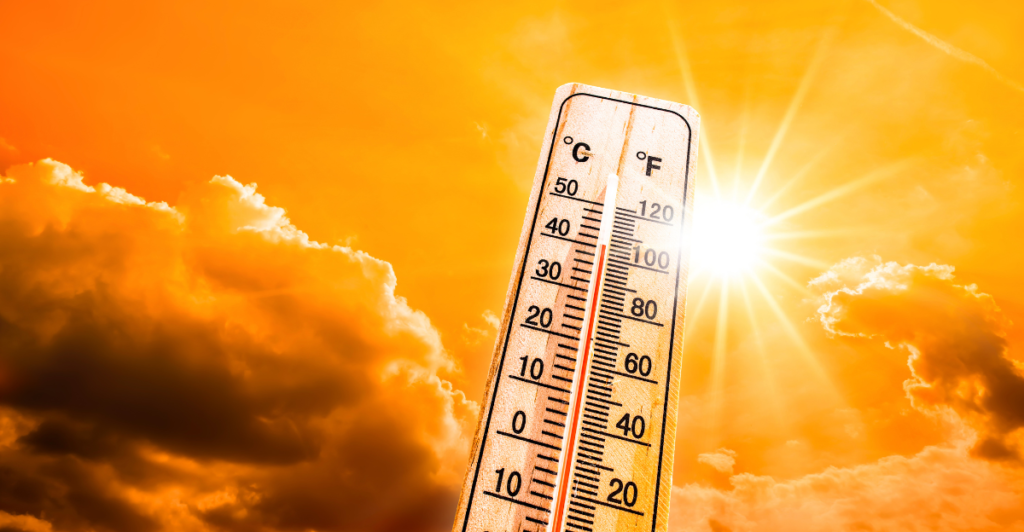
Research published in Scientific Reports in 2024 predicts a roughly three- to tenfold increase in population exposure to heatwave days across Central and South America due to climate change. This prediction highlights the urgency of addressing wildlife struggles, as these conditions will likely become more frequent and worsen the existing vulnerabilities to plant and animal life.
Lessons from Past Climate Events
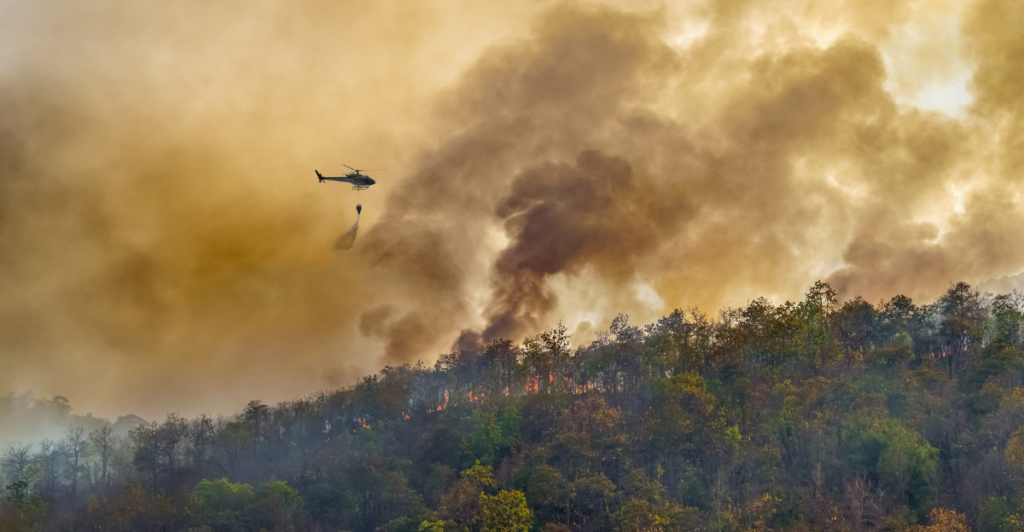
To address the increasing temperatures and their effects, we need to examine historical accounts of past climatic events, which can provide valuable insights into current challenges. For example, examining how ecosystems previously rebounded after droughts or wildfires can inform future recovery strategies and help predict how wildlife will respond in the future.







